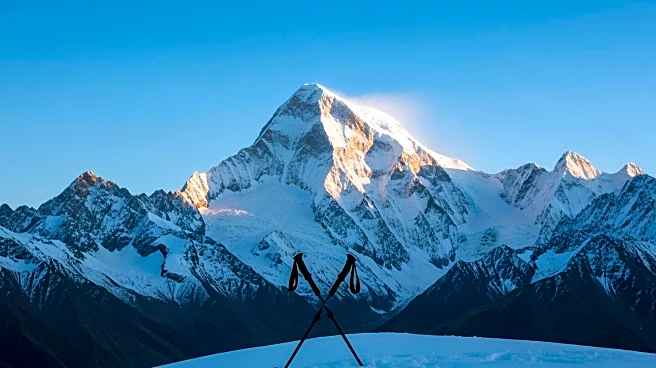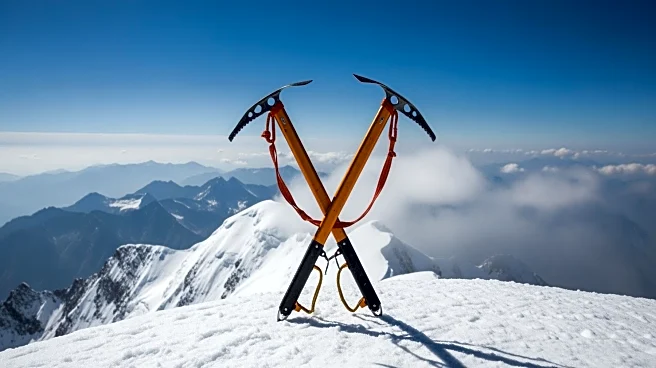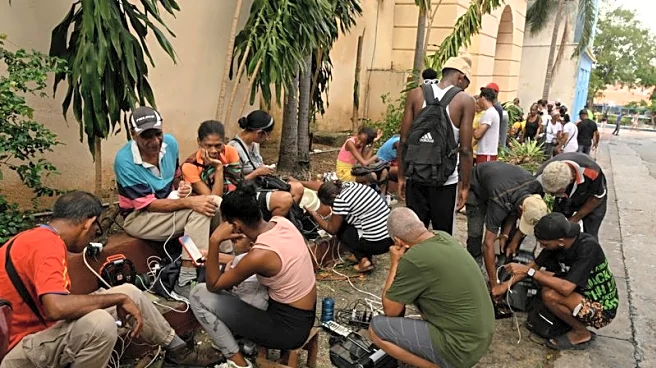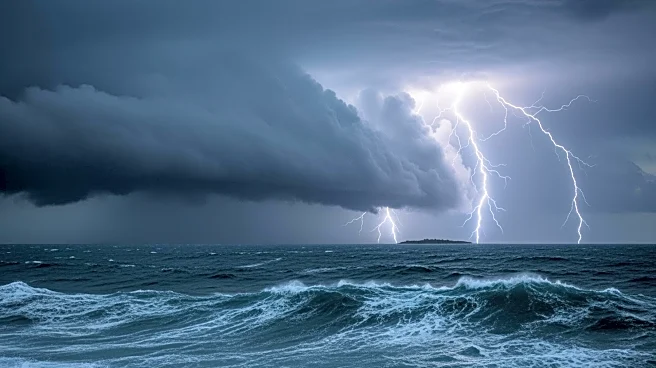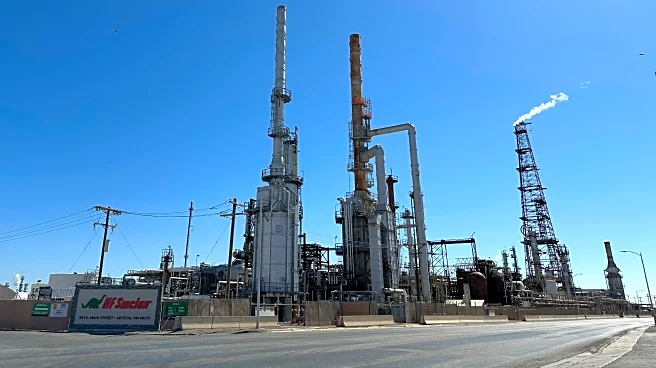What's Happening?
An avalanche at the base camp of Yalung Ri, a Himalayan peak in Nepal, has resulted in the deaths of three U.S. citizens, along with a Canadian, an Italian, and two Nepali nationals. The incident occurred as a group of 15 climbers, including foreign climbers and Nepali guides,
were ascending the peak. The avalanche struck approximately one and a half hours into their climb on a steep ice slope. Rescue operations are being conducted by the Nepal Army, Nepal Police, and Armed Police Force, although adverse weather conditions and restricted flight zones have hampered efforts. Four individuals were injured, and four others remain missing.
Why It's Important?
This tragic event underscores the inherent risks associated with adventure tourism in Nepal, a popular destination for climbers worldwide. The incident highlights the challenges faced by rescue operations in remote and high-altitude regions, where weather conditions can rapidly deteriorate. The deaths of the U.S. citizens may prompt increased scrutiny and calls for enhanced safety measures for climbers in Nepal. The tourism industry, a significant contributor to Nepal's economy, could be impacted as potential visitors reassess the risks of such expeditions.
What's Next?
Rescue operations are expected to continue as weather conditions permit, with authorities working to locate the missing climbers. The release of the victims' names is anticipated, which may bring further attention to the incident. The U.S. embassy in Nepal and the U.S. State Department are likely to be involved in the aftermath, providing support to the families of the deceased. This incident may lead to discussions on improving safety protocols for climbers and the management of restricted flight zones in Nepal.
Beyond the Headlines
The avalanche at Yalung Ri is part of a broader pattern of increasing avalanche incidents in Nepal, raising questions about the impact of climate change on mountain stability. The frequency of such events may necessitate a reevaluation of climbing routes and safety measures. Additionally, the incident may influence international perceptions of Nepal's adventure tourism industry, potentially affecting future visitor numbers and the local economy.
